Metaphor of Foot: A Comparative Study of Chinese and English Based on Corpora
DOI: 10.23977/langl.2024.070808 | Downloads: 17 | Views: 809
Author(s)
Xuejiao Ding 1
Affiliation(s)
1 Foreign Studies College, Northeastern University, Shenyang, Liaoning Province, China
Corresponding Author
Xuejiao DingABSTRACT
Metaphor is not only a rhetorical device, but also a ubiquitous cognitive approach. Based on the concept of "Philosophy in the Flesh" proposed by Lakoff and Johnson, this paper analyses the similarities and differences of the metaphor of foot in Chinese and English, using CCL (the Center for Chinese Linguistics PKU) as the Chinese corpus and COCA (the Corpus of Contemporary American English) as the English corpus. It is found that the Chinese and English samples share five metaphorical uses in common: movement, position, function, emotions and attitudes, and address related to the foot. No metaphorical use based on the ability of the foot to measure is found in Chinese. The similarities in the metaphor of foot reflect the common features of "Philosophy in the Flesh" and metaphorical mapping in Chinese and English mindsets, while the differences reflect the cultural disparity behind Chinese and English.
KEYWORDS
Foot; metaphor; corpora; comparisonCITE THIS PAPER
Xuejiao Ding, Metaphor of Foot: A Comparative Study of Chinese and English Based on Corpora. Lecture Notes on Language and Literature (2024) Vol. 7: 57-63. DOI: http://dx.doi.org/10.23977/langl.2024.070808.
REFERENCES
[1] Lakeoff, Johnson. Metaphors We Live By [M]. Chicago: The University of Chicago Press, 1980.
[2] Lakoff, Johnson. Philosophy in the Flesh: The Embodied Mind and Its Challenges to Western Thought[M]. New York: Basic Books, 1999.
[3] Wang Yin. The philosophical basis for cognitive linguistics: Embodied philosophy[J]. Foreign Language Teaching and Research, 2002, 34(2): 82-89.
[4] Hsiang-yun Chiu. Spatial Metaphors of Chinese Foot-action Verbs[J]. NCUE Journal of Humanities, 2012, 6: 225-242.
[5] Shu Dingfang. On the working mechanisms of metaphor[J]. Foreign Language Teaching and Research, 2002, 34(2): 98-106.
[6] Li Xue. Conceptual Metaphor, Conceptual Metonymy and Lexical Study[J]. Foreign Language Research, 2012, 4: 58-61.
[7] Qi Zhenhai. On Metaphor of "Heart"—Based on English and Chinese Corpus[J]. Foreign Language Research, 2002, 3: 24-27+49.
[8] Cai Tingting. Metaphor of "Face"—Based on English and Chinese Corpus[J]. Sinogram Culture, 2022, 12: 147-150.
[9] Lin Yin. Metonymy and metaphorical analysis of foot[J]. Journal of Chifeng University (Soc.Sci), 2010, 31(1): 122-124.
[10] Luo Zhufeng. Great Chinese Dictionary[M]. Shanghai: Shanghai Lexicographic Publishing House, 2021.
[11] The New Oxford English-Chinese Dictionary (Second Edition) [M]. Shanghai: Shanghai Foreign Language Education Press, 2013.
[12] Sun Yi, Cui Cixing. A Cross-Linguistic Study of Foot Metaphor Clusters: A Double Dimensional Perspective of Embodied Cognition and Cultural Entailments[J]. Foreign Languages and Cultures, 2021, 5(4): 145-154.
[13] Deng Yaqiu. Study on metaphor and metonymy of 'Jiao/Zu'[D]. Sichuan: Sichuan Normal University, 2020: 21-22.
[14] Wang Jing. A conceptual analysis of "foot" in English and Chinese [J]. J. Changchun Inst. Tech(Soc. Sci. Edi.) 2013, 14(2): 79-81.
[15] Hao Xuehong. The polysemy of human metaphor: starting from foot[J]. Youth Years, 2015: 65.
[16] Zoltán Kövecses. Metaphor and Culture[J]. Acta Universitatis Sapientiae, Philologica, 2010, 2(2): 197-220.
[17] Ersu Ding. Metaphor and Culture[J]. Asian Social Science, 2009, 5(1): 47-69.
[18] Li Hong, Yu Lan. The differences and similarities of metaphorical features of Chinese and English characters "hand" from the perspective of cognition[J]. Journal of Chengdu Aeronautic Vocational and Technical College, 2008, 3: 71-73.
[19] Danica Škara. Body Metaphors - Reading the Body in Contemporary Culture[J]. Collegium Antropologicum, 2004, 1: 183-189.
| Downloads: | 48794 |
|---|---|
| Visits: | 928048 |
Sponsors, Associates, and Links
-
Journal of Language Testing & Assessment
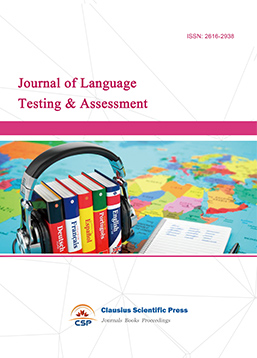
-
Information and Knowledge Management

-
Military and Armament Science

-
Media and Communication Research
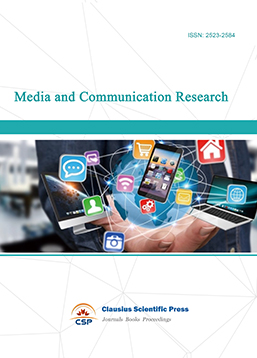
-
Journal of Human Movement Science
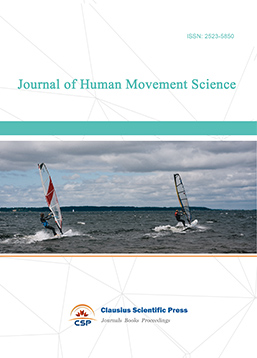
-
Art and Performance Letters
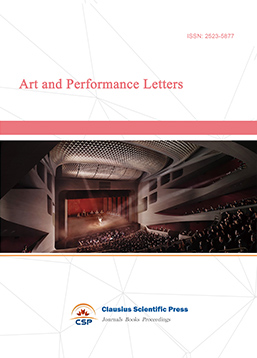
-
Lecture Notes on History
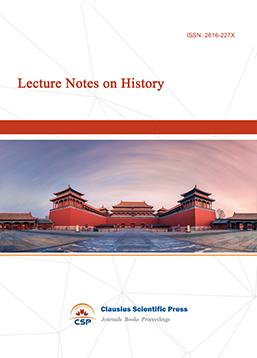
-
Philosophy Journal
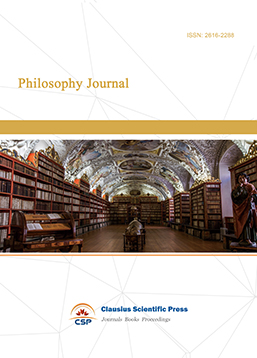
-
Science of Law Journal
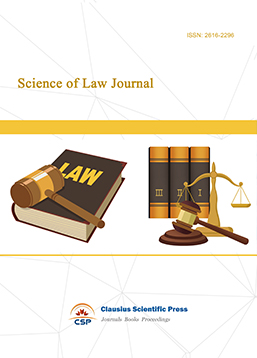
-
Journal of Political Science Research
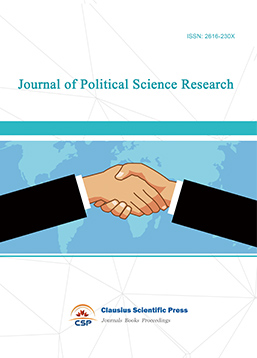
-
Journal of Sociology and Ethnology
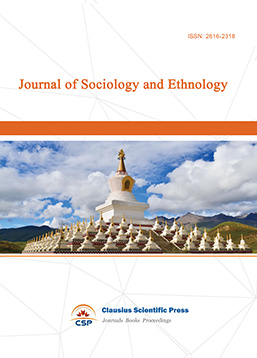
-
Advances in Broadcasting


 Download as PDF
Download as PDF